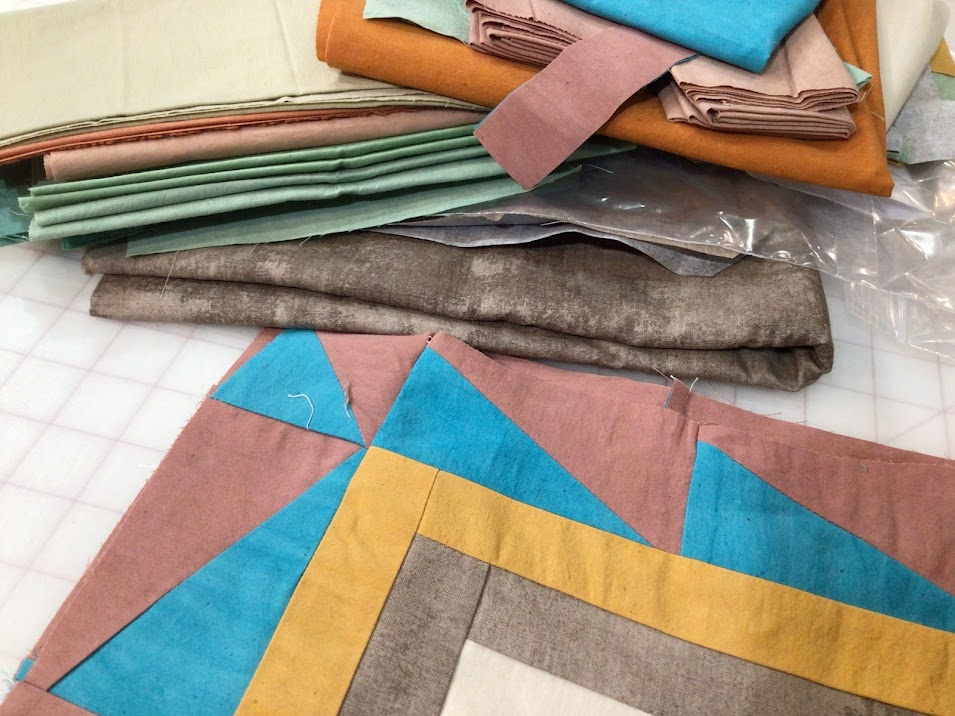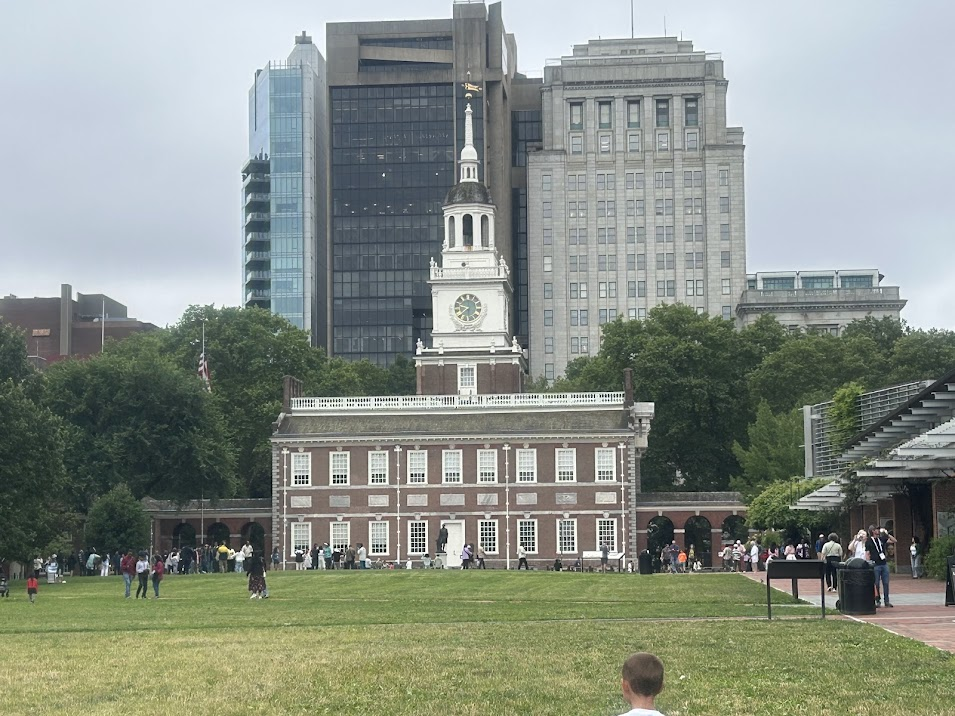I've been to five ALA Midwinter Meetings (January/February) in Philadelphia, most recently in January, 2020. This was the first Annual there since 1982.
My first ALA Annual Conference was in 1984. Since the I've missed two (1991 and 2016). 2020 was cancelled and 2021 was virtual. By my reckoning that means this year was #37. I go to the conference to learn about issues and new books, hear interesting speakers, sightsee, and see friends. My main involvement nowadays is the Retired Members Round Table.
Issues: ongoing threats to access information (from kids to researchers),
federal budget cuts,
and the firing of the Librarian of Congress.
RMRT sponsored a panel about the ways that retirees can (and must!) be vocal advocates for libraries in their communities.
I popped in for a few minutes at a session of ALA Council, the governing body. I served on Council for 16 years.
Books (new and nearly new):
The Carnegie Awards are the adult equivalent to the Newbery/Caldecotts. (James is my book group's August selection and now I have a signed copy. I look forward to A Walk in the Park)
Left: two of the Literary Luminaries were audiobook narrators so instead of a book there were cards with QR codes for a free download.
Upper right: the HarperCollins book buzz is always fun.
Lower right: the Gala Author Tea on Monday afternoon is my last conference event.
I read The Amalfi Curse by Sarah Penner on the flight home. Like her first novel, The Lost Apothecary, it's magical realism set in two centuries.
Interesting speakers: there were many. I couldn't coordinate my schedule to see all of them, but I did get to hear Dr. Brene Brown.
The RMRT President's Program was given by the librarian/archivist at the Philadelphia Museum of Art. She told us how their resources provide documentation and background for the museum's exhibits, using their current special shows about Surrealism and Marcel Duchamp as examples. 
Ann Marie, Nancy, and I thoroughly enjoyed a screening of Rebel With a Clause moderated by writer (and star) Ellen Jovin and filmmaker Brandt Johnson. They traveled to all 50 states where she set up her grammar table and talked to people, answering their grammar questions and listening to their comments. You can watch the trailer here.Theatrical release will be in 2026. Don't miss it!! Meanwhile, you can read Jovin's book of the same name.
Sightseeing:
Ann Marie (my roommate), Nancy, Lisa, and I went to Independence Hall. Tickets are free but are timed-entry.
Lower left: the Assembly Room of the Pennsylvania State House, now called Independence Hall, where the delegates deliberated and then signed the Declaration. Lower right: Congress Hall where Congress met when Philadelphia was the capitol. (It was originally the county courthouse.)
Upper right: a bust of Franklin surveys the House chamber at Congress Hall.
We did not see the Liberty Bell. No tickets needed but the line is very, very long. We contented ourselves with the replica in the visitors' center.
RMRT sponsors a tour/field trip at each annual conference. This year we went to the Rosenbach Library
The tour is open to any conference attendee, hence the younger-than-retired in the group.
Everyone enjoyed it.
Upper left: a clock. Center left: Jane Austen. Center: James Joyce (the Rosenbach celebrates every Bloomsday (June 16: Ulysses). Lower left: the Rosenbachs facilitated the sale of several First Folios but never owned one. These are Second, Third, and Fourth Folios. Lower center: the royal charter for the Drury Lane Theatre specifying that women can play women's roles (in Shakespeare's time men played them). Lower right: British and American first editions of Moby Dick.
Friends:
Just a few....Nancy, Ann Marie, Carrie, Katharine, Larayne....
and a special meet up!
Late Friday afternoon I took the train from downtown to the suburbs. Marsha met me at the station and took me to Nancy's house. (I met Nancy through blogging and Marsha because she is a librarian and a quilter. They have been good friends (same church, plus quilting) for many years.) Nancy served supper. I met her husband Joe. We four had a wonderful evening.Nancy wrote about the flag quilt in this post
One quilt leads to another -- in this case sixteen of them.
This year's auction raised $4180 for the scholarship fund. My records only go back to 2013. 2013-2025: $44,513 (plus the 12 years before that).
From left: Antipodes (one of mine): $500. Cats: $500. School Colors 1: $175. School Colors 2: $175. Art Class: $100. One Fish Two Fish (stack 'n' whack): $175. Mrs. Tomte: $150. Dragon Reader: $475. Winnie the Pooh: $400. Tall pumpkin (partially hidden): $100. Short Pumpkin: $175. Wreath: $80.
You can see Ann Marie, Lisa's back, and at the far right Nancy's back. The easels are for artwork donated by illustrators/graphic artists, also to benefit the scholarship fund.
I made these four. The Beacon: $150. Morning at the Marsh: $250. Churn Dash: $275. Indigo Stars: $500.
# # # # # #
And then it was Tuesday morning. Time to check out, get to the airport, and fly home. The return trip went without a hitch. I walked in the door at 2:45.
I shipped just one box of books and swag. It arrived on Thursday.

I miss having my first reader to greet me . . .
















































